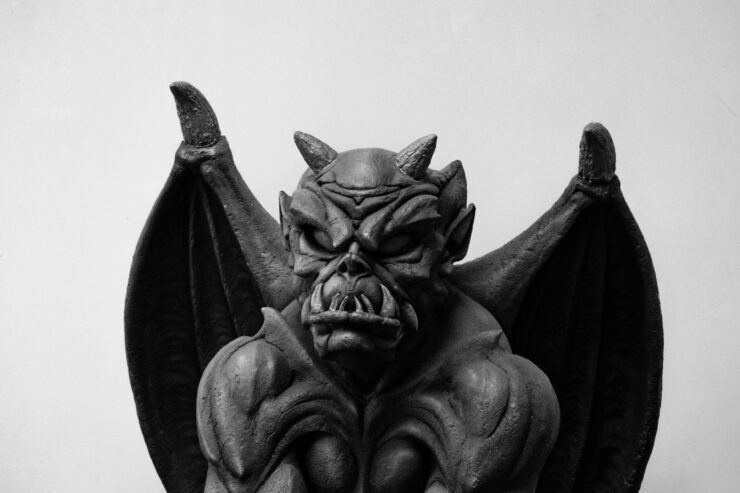By Anita Heber

Think about the last time you read, heard, or saw anything about sex trafficking. Chances are that such a story followed a specific narrative: a young woman is lured by a foreign man into sex trafficking, where she is horribly abused, and later rescued by a white hero or Western agency. This story includes three set characters: a naïve girl-child, an evil foreigner, and a heroic rescuer. Despite numerous experiences of sex trafficking around the world, by a variety of victims, we tend to retell the same sex trafficking story.
In my research, I have shown that the sex trafficking story follows the classic folk tale of ‘the maiden’s tragedy’. This tale forms the basis in Greek mythology, and reappears in folk tales such as the Red Riding Hood, and in today’s many Disney movies. The maiden’s tragedy usually follows certain chronological patterns: a young girl has to leave her home and family; a catastrophe befalls her; she endures a period of suffering/imprisonment; and in the end she is rescued.
This plot is repeated in popular media depictions of sex trafficking, and the same storyline recurs in real-life biographies and documentaries based on true stories about sex trafficking. It seems to be very difficult to depict sex trafficking in a way that deviates from the traditional narrative.
The sex trafficking story is effective in raising awareness and compassion for victims. However, an increasing number of academics have challenged the dominant sex trafficking narrative, and argued that the depictions of the stereotypical victim, offender, and rescuer are deeply problematic.
From my analysis, it is clear that the popular media narrative of sex trafficking is a moralistic and cautionary tale. It comes with racialized undertones, which pinpoint foreigners as evil, underline that rescuers are white, and warn poor women from trying to seek a better life in the Global North. It is also a sexist warning aimed at white women too, who should not deviate from gender norms, or society’s moral order.
A particularly clear example comes from the Hollywood blockbuster film Taken, where the main girl of the tale is a virgin, while her friend is not. When they leave for an adventure in Paris, they are abducted and trafficked, but the virgin is rescued ‘intact’. Her older, sexually experienced friend is instead found dead, chained to a dirty brothel bed, sexually abused. I would argue that the sex trafficking tale outlines society’s accepted moral standards of purity and impurity. Theoretically, the sex slave victim can be understood as a modern-day symbol of Durkheim’s ‘the sacred’. She originates from myths, fairy tales, and religious beliefs; while today she is (re)presented in popular media.
The sex trafficking tale nourishes a hierarchy of victimhood where ideal victims are endorsed, and non-ideal victims tend to be ignored or even blamed and shamed. The story could be diversified by acknowledging other real-life experiences than the maiden’s, and a wider variety of victims, offenders, and rescuers that go beyond the traditional sex slaves, monsters, and superheroes.
Read more
Heber, A. (2024). Damsels, monsters, and superheroes: Exploring the metanarrative of sex trafficking. International Review of Victimology, 30(1), 89-108. https://doi.org/10.1177/02697580231195095
About the author

Anita Heber is associate professor of criminology at the Department of Criminology, Stockholm University, Sweden. She does research in victimology, organised crime, crime policy, and sex trafficking.
Read her article ‘Damsels, monsters, and superheroes: Exploring the metanarrative of sex trafficking’, in International Review of Victimology, Open Access here (link).
